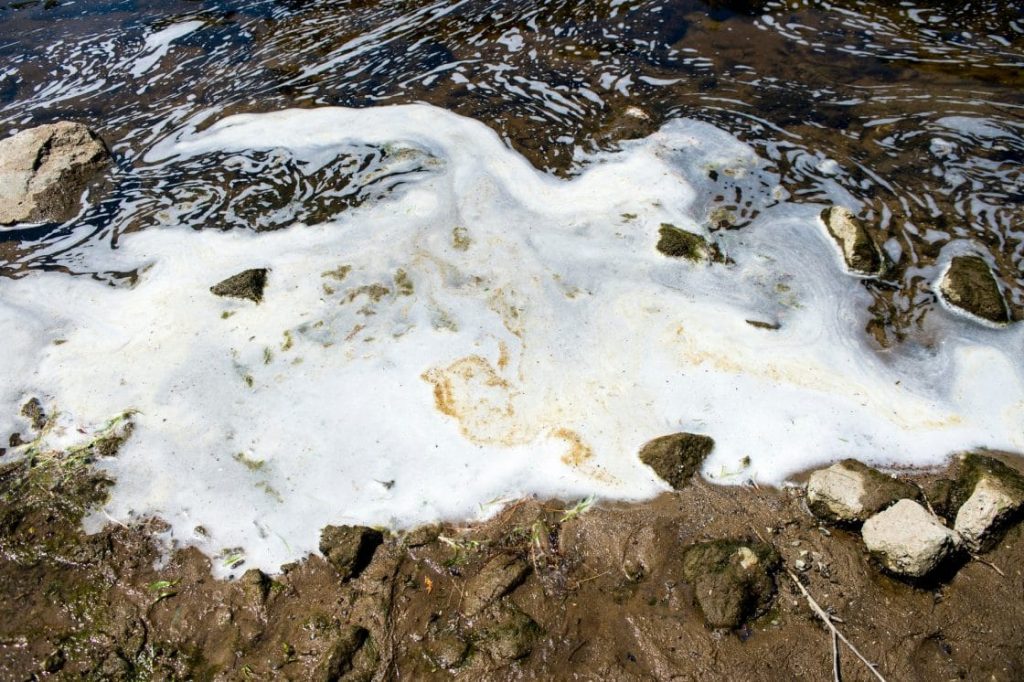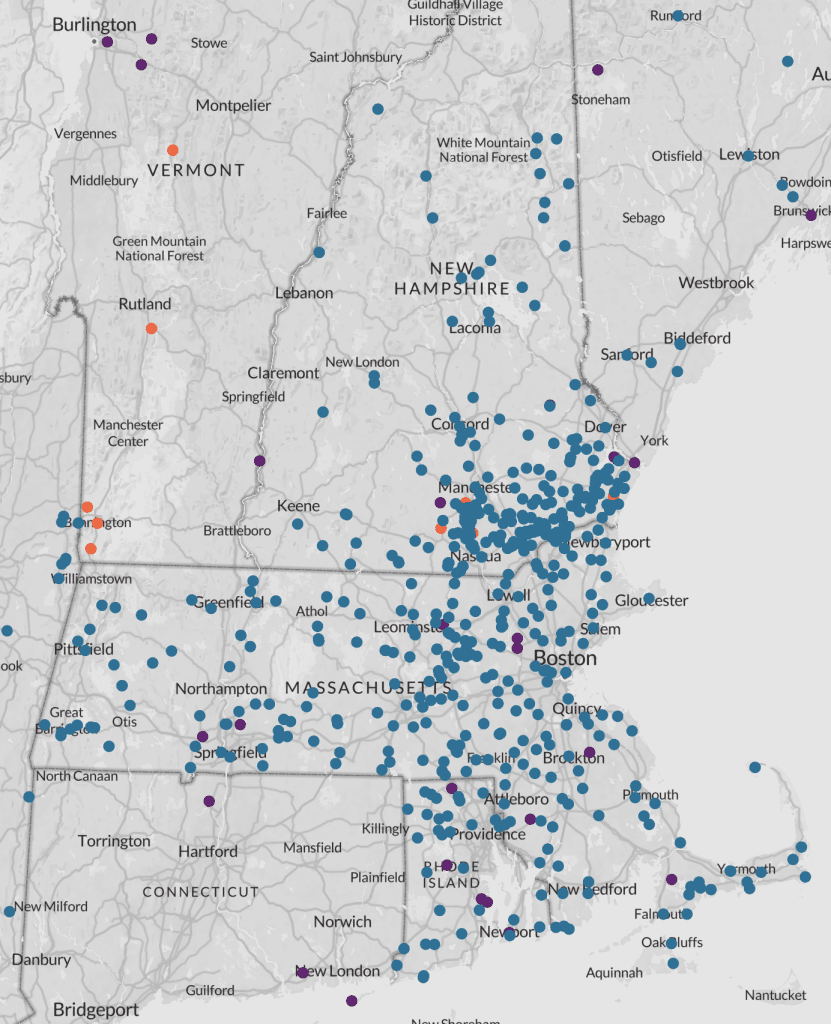PFAS Sites Increasing Across the Country
Contaminants known as Per- and polyfluoroalkyl Substances (PFAS) are increasingly being detected in water samples both in the United States and around the world. As of June 2022, 2,858 locations in 50 states and two territories are known to be contaminated.
What are PFAS?
PFAS are manmade chemicals that have been used in both industry and consumer products since the 1950s. Perfluorooctanoic acid (PFOA) and perfluorooctane sulfonate (PFOS) are the most extensively produced and studied compounds of these chemicals. Both chemicals are very persistent in the environment and in the human body. Consequently, they don’t break down and they can accumulate over time.
PFAS Most Commonly Seen In:
- Non-stick cookware
- Products that resist grease, water and oil
- Water-repellent clothing
- Stain resistant fabrics
- Firefighting foams
- Some cosmetics

Exposure to PFAS can happen through a variety of ways including:
- Drinking contaminated municipal water or private well water
- Eating fish from a source contaminated with PFAS
- Swallowing contaminated soil or dust
- Eating food packaged in material containing PFAS
- Using consumer products including the ones listed above
PFAS Sites and Treatment
A recent analysis of Massachusetts public water systems by the Sierra Club finds that 70% of communities have detectable levels of the six most dangerous PFAS chemicals in their ground and surface waters. When looking at a wider range of PFAS chemicals, 91% of communities have detectable amounts in at least one of their drinking water sources (pre-treatment).
As a leader in water, wastewater, stormwater, and environmental engineering services, Tata & Howard has proven expertise in the removal of PFOA and PFOS. For instance, recent treatment experience includes the design of the new Maher Filtration Plant in Barnstable, Massachusetts. Tata & Howard designed this plant in an effort to treat the elevated levels of PFOA, PFOS, 1,4 Dioxane, and iron and manganese in the three drinking water production wells at the existing treatment facility. Using granular activated carbon filtration, the successful removal of PFOS/PFOA will be obtained in the new filtration plant. The greensand pressure filtration will remove the iron and manganese while also extending the useful life of the granular activated carbon.
To learn more about treatment options, please contact us directly at 508.303.9400.

